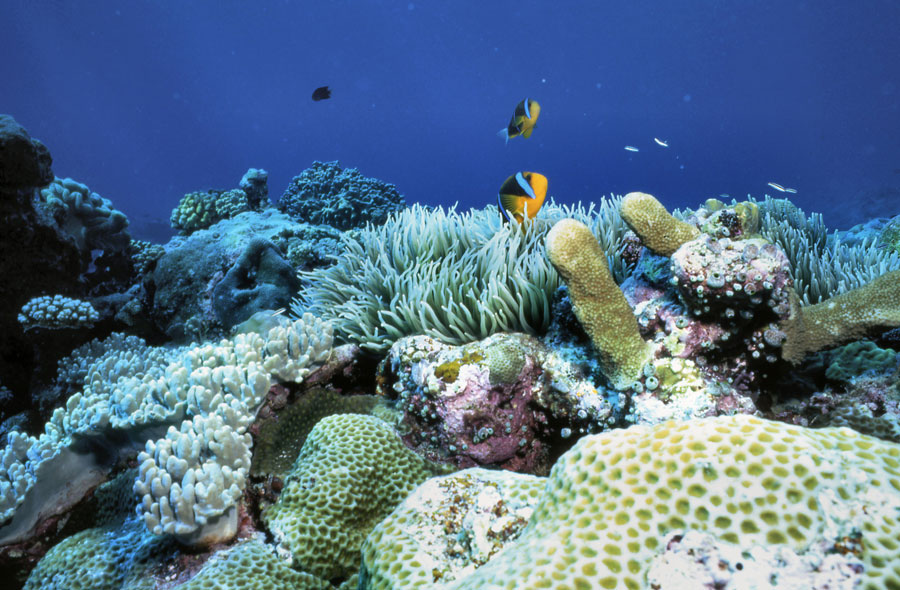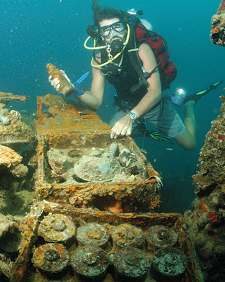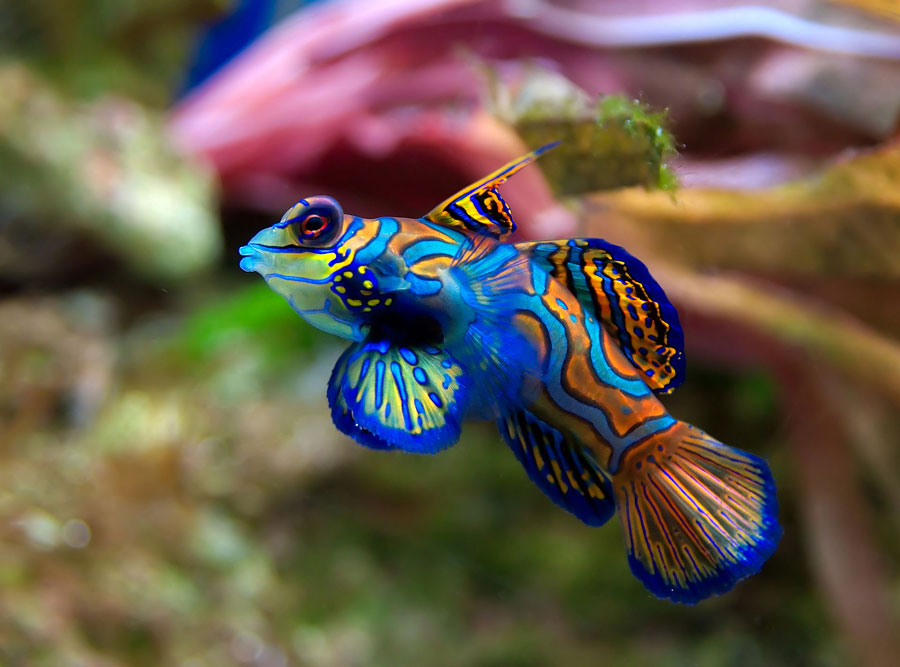Paula’s reefs may end up saving the lives of coral reefs around the world. In January of 2014, scientists began doing experiments to test the acidity and PH levels of the water because many coral reefs around the world are beginning to suffer the effects of global warming.

Palau Reef’s Extraordinary Biology Might Save All Coral Reefs
What is unique about the reefs at Palau is that they have literally thrived in this acidic water. Because these reefs are thriving in what is, essentially, polluted water, these findings could be crucial to coral reef survival around the world. Coral reefs in Palau are the one reef system that has thrived in these low PH, highly acidic water,
This study implies many things—first, perhaps corals like these have adapted, eventually, to pollution in the water, giving us hope for our other reef systems in the long term – and perhaps, some of these resistant reefs could help us revive other failing reef systems before they are gone.
Since this little science experiment’s findings, the news has gone global, and all kinds of scientific teams are now posted there, trying to dine out what makes these corals able to adapt to such acidic waters. We’ll need to know this in the future, as all our waters will be overly acidic, due to pollution.
Understanding Water, Corals, and Acidity
When Carbon monoxide interacts with seawater, what happens is it lowers the PH of the water and makes it more acidic. Most coral reefs cannot survive in acidic waters, and that is why many reefs around the world are suffering coral reef bleaching, and is the reason why fewer new corals are being formed. Typically, young corals cannot thrive and make new coral exoskeletons. So there is a diminishing amount of corals to replace dying, diseased, or bleached corals. This is why we see diminishing coral cover. For example, we mentioned earlier that coral cover in the Great Barrier Reef has diminished by nearly 50%, half of what it has been.

Paula is an island country of some 200 islands, located in the Pacific Oceans. It is also part of the larger island archipelago of Micronesia. Believe it or not, the country’s population of around 21,000 is spread across 250 islands .
Besides having unusually resistant coral, Paula is also known as have one of being one of the most biologically diverse areas in the entire earth.
More Marine Diversity per Square Mile Than Any Waters in the World
Palau’s wasters have more fish, corals, and invertebrates per square mile, than any other waters in the world. Palau boasts 1,300 species of fish, 700 species of coral, and 130 never seen sharks.
There are so many sharks here, in fact, that the Palau Shark Sanctuary was formed in 2001. Another reason this sanctuary was formed was to prevent the abundance of “shark-finning” around these reefs where the foreign vessels creep into the waters and cut off the fins of sharks then toss them back into the water—where they die. The sharks cannot survive without fins and, in fact, drown.
Shark fins are prized in Asia for the highly coveted “shark-fin soups.” A culinary dish which takes the lives of sharks for one bowl of soup.
Turtle Wall
One of the more prized diver sites in Palau is called “Turtle Wall,” and here, divers can swim with these friendly turtles and see them sleeping, playing, and eating as they are very comfortable around the divers.

Helmut Wreck

Another favorite feature divers can see here is the “Helmut Wreck.” Although this wreck is called Helmet Wreck, the true identity of this lost World War II war ship is still unknown. Divers love the bright corals here which have formed all over the ship making it look like it is swathed in a crusty, colorful gown of jewels. The brainy coral here is especially beautiful, and forms all over the hull of the ship.
Blue Corner

The most sought after area in Palau’s massive coral reef system, however, is called Blue Corner. Here, a long ridge extends out into the ocean waters and then drops off, far down into the water. Here you will see huge sea fans, reef sharks, sea anemones, soft and hard corals of all kinds, sea turtles, stink rays, and the beautiful, painted fish known as the Manderin.
